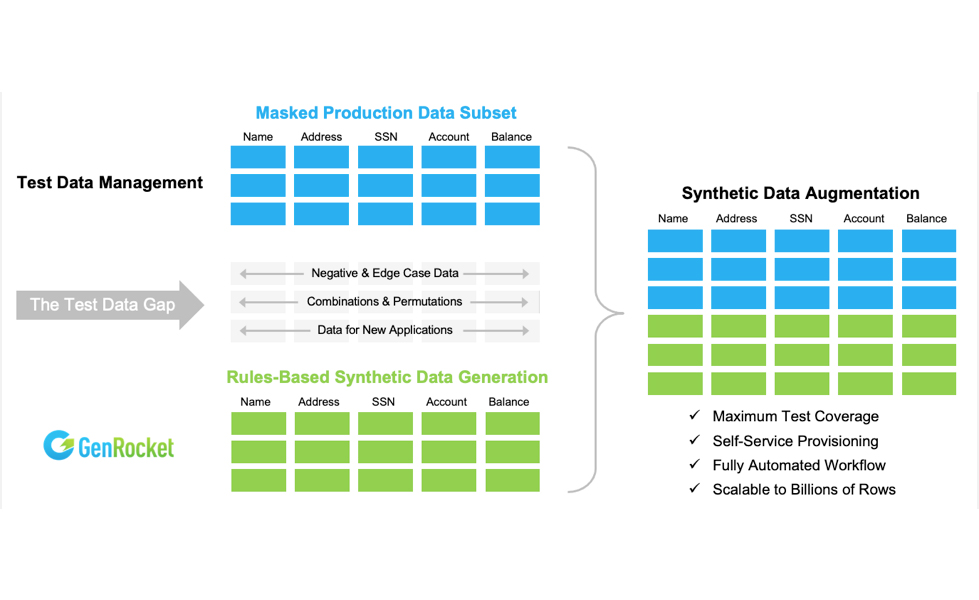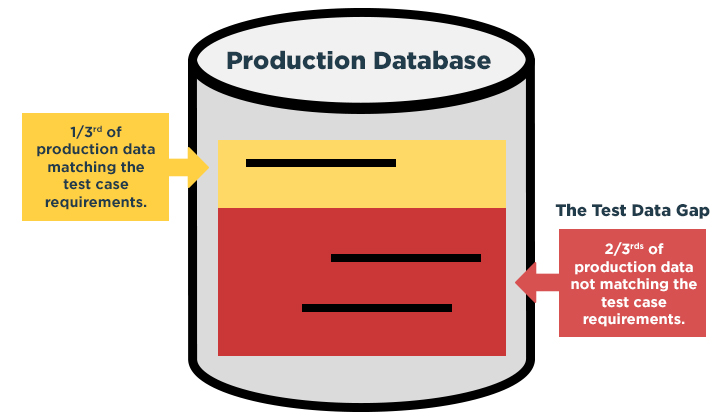Obtaining test data for functional testing usually involves copying and subsetting the production data values used by the software under test. Production data must be carefully masked to comply with data privacy regulations and is often provisioned for testers by a dedicated test data support team. The assumption behind this approach is that production data is realistic, readily available, and made secure for testing.

GenRocket Blog









